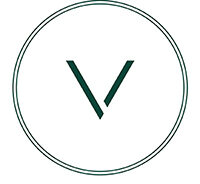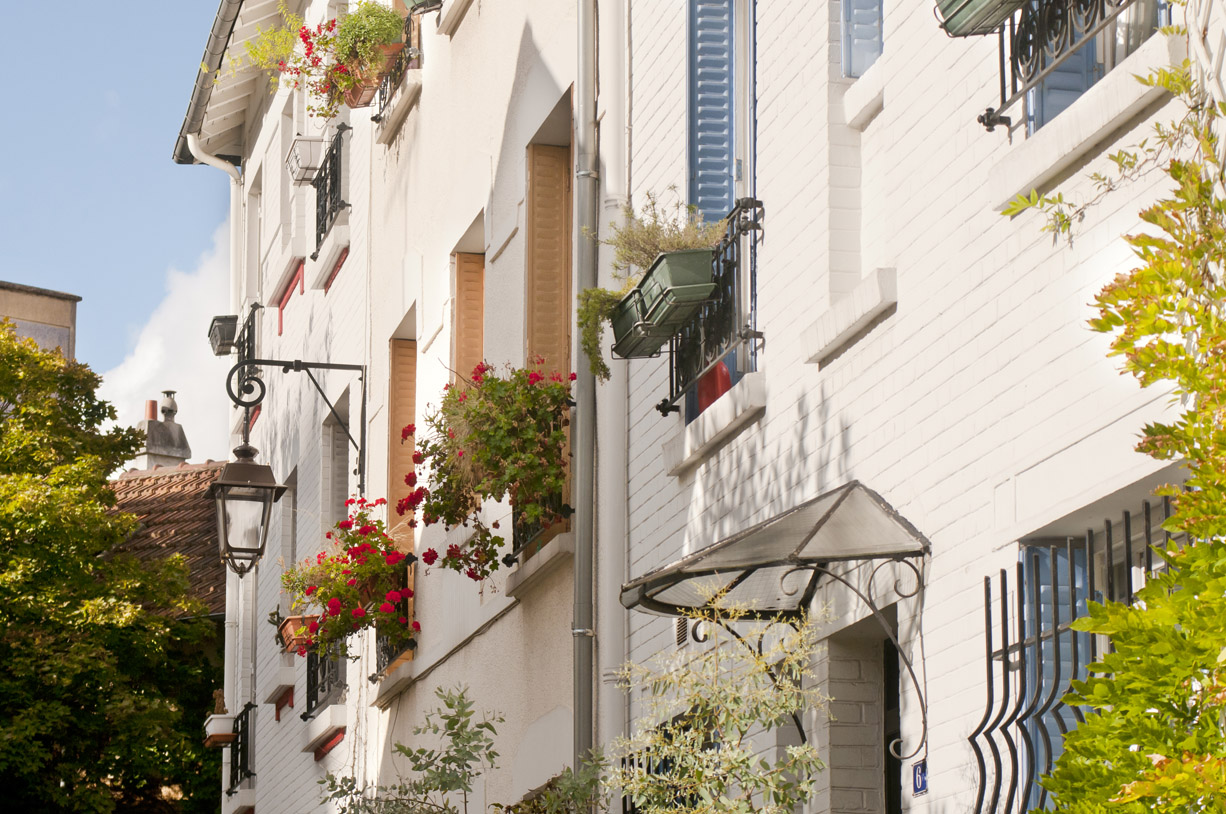On the hunt for “La Bièvre…”
What’s la Bièvre?! A marvellous… ghost! Its legacy still has Parisians dreaming today. The notion that Paris was once split by another river than the Seine seems unlikely today. However… until the dawn of the 20th century a stream ran from its source in the southern suburbs entered Paris at the private gate in Paris’ ancient fortifications at Peupliers, traversed today’s 13th and 5th arrondissements and merged into the Seine at Austerlitz.
It had been diverted, as testified by a street that carries its name, close to Maubert.
The word “Bièvre” itself remains a mystery: it could come from an ancient Celtic word that means beaver (beavers in Paris, what an idea!). But it could also mean brown, because its water was very muddy. It’s actually for this reason that the Bièvre served artisans, leatherworkers, tanners, and dyers. It was thought to have almost magical properties. The celebrated Gobelins manufacturers (of tapestries) could be found on the banks of the river Bièvre. Its also for this reason that the Bièvre quickly became a river full of floating waste.
In the end, the Bièvre was nothing more than a charming country brook, straddled by six bridges and bordered by windmills like those depicted in paintings by Carnavalet. Fascinated, the writer Huysmans studied it and nicknamed it the “moving dungheap”…
In the 19th century the decision was made to cover it, to contain its harmful gasses. But covering over a river requires levelling off the whole neighbourhood, because there was a real ‘Bièvre valley’. And so the 18th arrondisement’s appearance changed in a few dozen years: street level had to be raised by 20 metres! The pretty ‘cité florale’ (a pocket neighbourhood in the 13th) replaced one of the Bièvre’s marshes; likewise, the Glacière was a wetland that froze in winter… Since 1912, the Bièvre flows into drains at Antony and flows beneath Paris for some 5km. Some people however, would like to see it revitalised. Paris is THE pipe dream machine after all…

